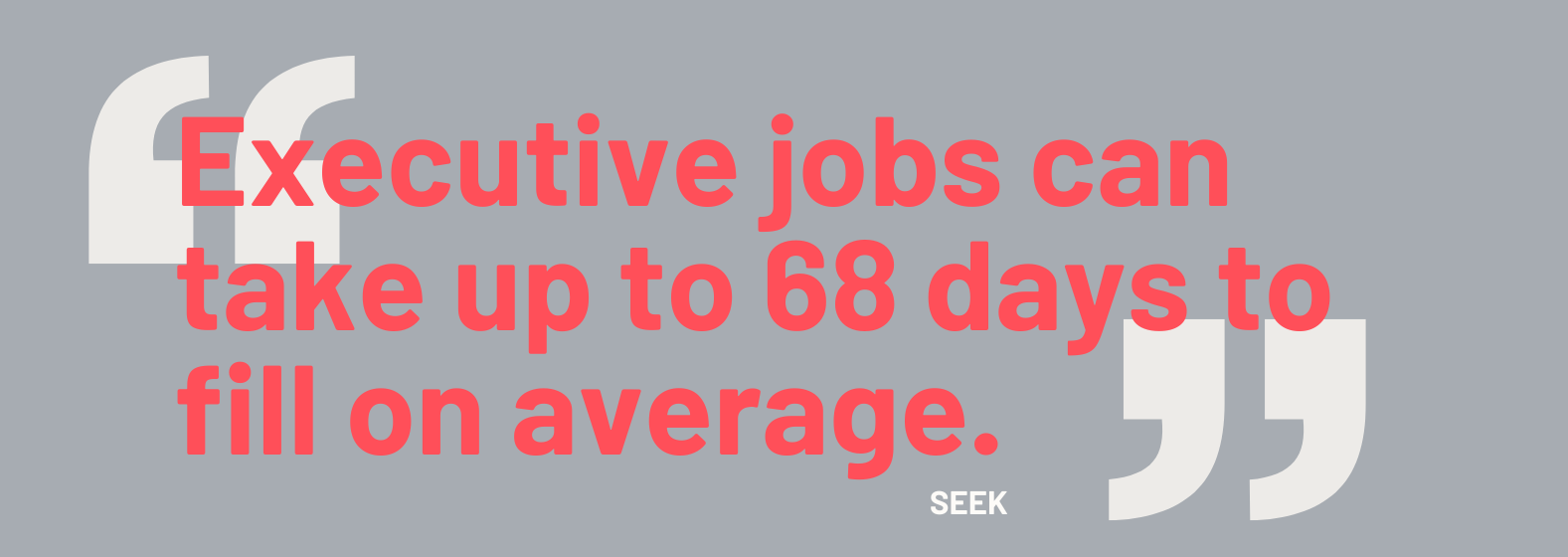The Hidden Costs of DIY Executive Hiring: What Australian Companies Need to Know
In today's competitive business landscape, Australian companies are constantly seeking ways to optimise their operations and reduce costs. One area where organisations often believe they can save money is in executive hiring. The allure of handling this process in-house is strong, particularly given the perceived cost savings. However, the reality is that DIY executive hiring can often lead to significant hidden costs that may not be immediately apparent.

The False Economy of DIY Executive Hiring
Recent data from SEEK, Australia's leading job marketplace, indicates that executive-level positions can take up to 68 days to fill on average. This extended timeframe can have a cascading effect on an organisation's productivity and bottom line. While the upfront costs of engaging an executive search firm might seem steep, the long-term benefits often outweigh the initial investment.
The True Cost of a Bad Hire
According to a 2023 report by the Australian Financial Review, the cost of a bad executive hire can be up to 15 times their annual salary. This staggering figure takes into account not just the direct costs of salary and benefits, but also the indirect costs such as:
- Lost productivity
- Negative impact on team morale
- Potential damage to client relationships
- Time spent on the hiring and onboarding process
Oceans Group, with its extensive experience in executive search, understands these nuances and works diligently to mitigate these risks for their clients.
The Opportunity Cost of Internal Resources
- When companies choose to handle executive hiring internally, they often underestimate the time and resources required. A study by Gartner found that HR professionals spend an average of 40 hours on a single executive hire. This time could arguably be better spent on strategic HR initiatives that drive organisational growth and employee engagement.

Access to a Broader Talent Pool
DIY hiring often relies heavily on readily available candidates or those actively seeking new opportunities. However, the best executive talent is often not actively job hunting. Executive search firms like Oceans Group have extensive networks and specialised techniques to tap into the passive candidate market, significantly expanding the talent pool available to their clients.
The Expertise Factor
Executive search is a specialised field that requires a deep understanding of various industries, roles, and market trends. A 2023 McKinsey report highlighted that companies using professional executive search services were 32% more likely to hire candidates who outperformed their peers in the long term.
Oceans Group's team of experienced consultants brings this level of expertise to every search, ensuring that clients benefit from their in-depth market knowledge and proven assessment methodologies.
Mitigating Legal and Compliance Risks
The hiring process, especially at the executive level, is fraught with potential legal pitfalls. From anti-discrimination laws to privacy regulations, the legal landscape is complex and ever-changing. Professional executive search firms are well-versed in these areas, helping to shield their clients from potential legal issues that could arise from a mismanaged hiring process.
The Value of Objectivity
Internal hiring processes can often be influenced by office politics or unconscious biases. An external executive search firm like Oceans Group brings an objective perspective to the hiring process, ensuring that candidates are evaluated solely on their merits and fit for the role.

Conclusion
While the allure of DIY executive hiring may seem attractive from a cost-saving perspective, the hidden costs can far outweigh any perceived benefits. From the risk of a bad hire to the opportunity cost of internal resources, the true price of handling executive recruitment in-house can be substantial.
By partnering with a reputable executive search firm like Oceans Group, Australian companies can not only mitigate these hidden costs but also gain access to a broader talent pool, specialised expertise, and a more objective hiring process. In the long run, this investment in professional executive search services often proves to be not just cost-effective, but a strategic advantage in securing top-tier leadership talent.







